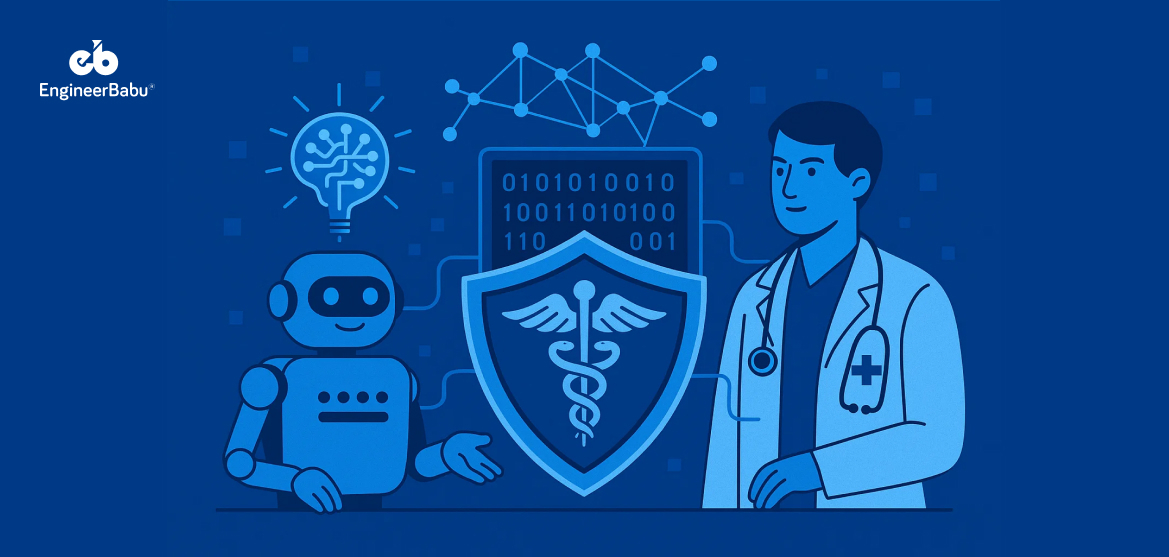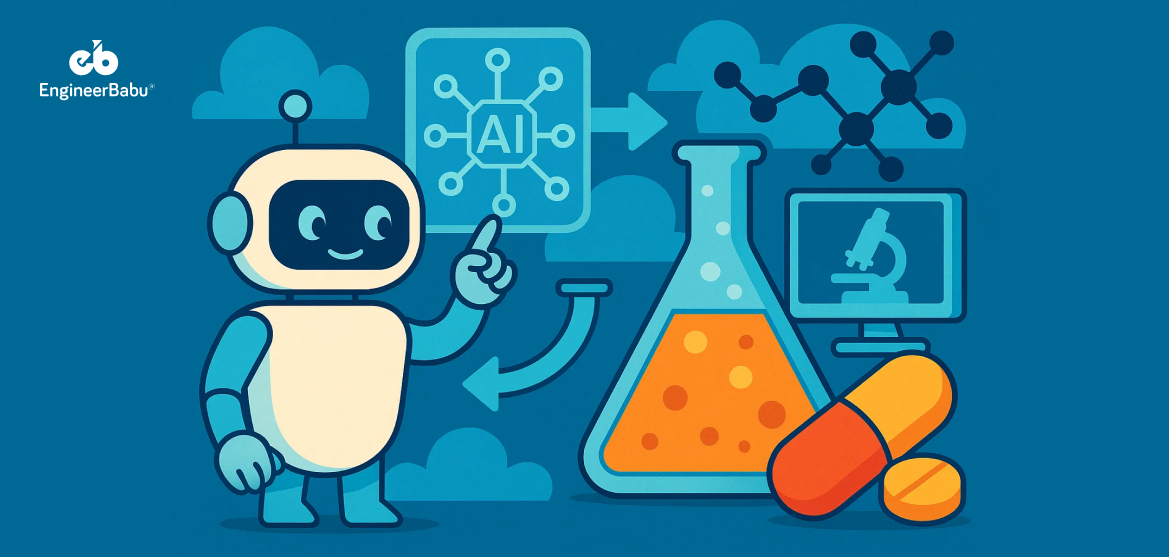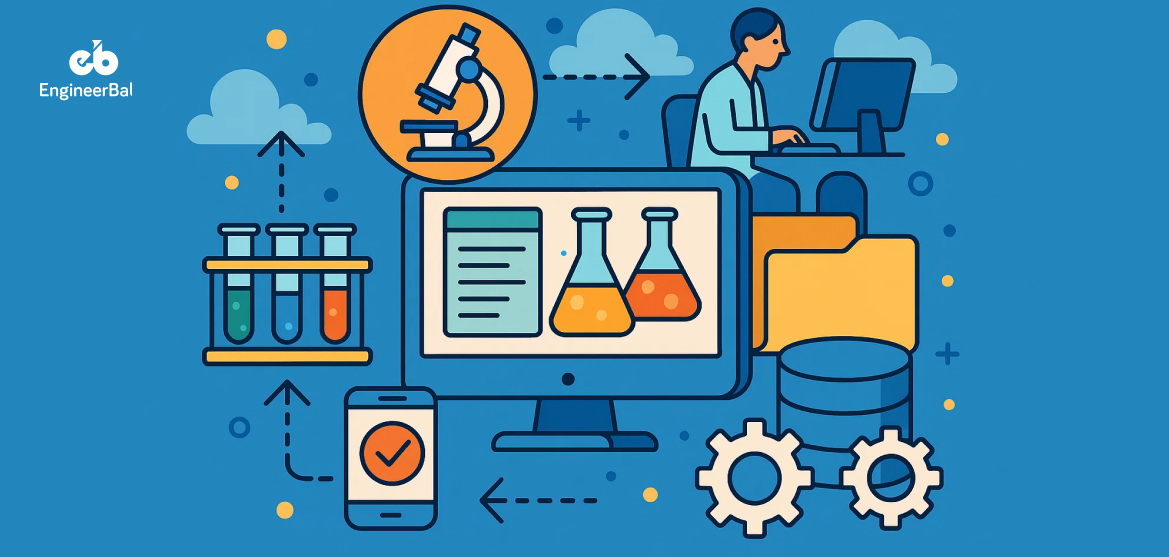In 2023, 93% of hospitals in the U.S. reported using certified EHR systems, yet only half could effectively exchange data outside their organization source: ONC. That gap creates serious problems: patients undergo duplicate tests, clinicians make decisions with incomplete histories, and digital health apps struggle to integrate into clinical workflows.
If you’re building a healthcare app, interoperability is what determines whether your app can actually be used in real-world clinical settings.
To be usable (and fundable), your platform needs to speak the same language as hospitals, labs, and insurers. That means aligning with standards like HL7 v2, FHIR, and CDA, and ensuring accurate, secure data flow across systems that weren’t built to work together.
In this guide, we’ll break down 10 concrete, standards-driven steps to make your healthcare app truly interoperable—from choosing the right APIs to mapping clinical vocabularies and staying ahead of compliance mandates like the Cures Act and NDHM.
How to Ensure Interoperability in Healthcare Apps
Understand What Healthcare Interoperability Really Means
Interoperability means your app can exchange, interpret, and use health data across systems like EHRs, labs, pharmacies, and wearables—in a way those systems can actually work with.
There are four levels to understand:
- Foundational: Can systems connect and share data?
- Structural: Is the data in a readable, standard format (e.g., HL7, FHIR)?
- Semantic: Do systems interpret the data the same way (e.g., SNOMED CT, LOINC)?
- Organizational: Are legal, consent, and security measures in place?
For instance, if your app collects vitals but uses a custom format, hospitals won’t be able to read it. But if it uses FHIR with proper LOINC codes, the data becomes usable across systems.
Designing with these levels in mind ensures your app can integrate, scale, and operate in real clinical environments.
Learn the Key Interoperability Standards (HL7, FHIR, CDA, DICOM)
Different standards serve different purposes. Here’s what matters:
- HL7 v2/v3: Widely used for hospital messaging systems (lab results, admissions).
- FHIR: The modern, API-friendly standard built for mobile/web apps.
- CDA: Used for structured clinical documents like discharge summaries.
- DICOM: Essential for medical imaging systems.
You don’t need to adopt all of them—just the ones aligned with your use case. FHIR is often the go-to for new apps, while HL7 v2 is critical for legacy hospital integrations.
Choose the Right Standard Based on Your Use Case
Not every standard fits every scenario. If your app focuses on real-time patient monitoring or teleconsultations, FHIR is your best bet thanks to its modular structure and API support. But if you’re integrating with an established hospital’s core systems, you’ll likely need HL7 v2 compatibility.
Building a diagnostic platform that includes imaging? Then DICOM is non-negotiable. Need to share structured reports or discharge summaries? CDA is still widely used across providers.
Map out your data flows, user needs, and integration points—then pick the standard that matches the workflow. Don’t try to retrofit later; it gets expensive and messy fast.
Use FHIR APIs to Future-Proof Your App
FHIR is more than a buzzword—it’s becoming the industry default for modern healthcare apps. In fact, the ONC’s Cures Act Final Rule requires certified health IT systems in the U.S. to provide FHIR-based APIs for patient data access.
FHIR lets you access patient records, medications, observations, and encounters through lightweight, RESTful APIs using JSON or XML. You can fetch just what you need, when you need it—without pulling entire patient charts.
Want to go a step further? Use SMART on FHIR to add secure authentication and authorization to your app using OAuth 2.0. That’s how apps integrate directly into EHR interfaces like Epic or Cerner, with seamless user access and permissions.
Standardize Terminologies for True Semantic Interoperability
Just exchanging data isn’t enough. You need to make sure everyone understands the data the same way.
That’s where standard clinical vocabularies come in:
- SNOMED CT: For clinical terms like symptoms, findings, and diagnoses.
- LOINC: For lab tests and clinical measurements.
- ICD-10: For diagnoses used in billing and reporting.
Say your app records blood pressure. If it doesn’t tag the reading with the appropriate LOINC code, the receiving EHR might not know whether it’s systolic, diastolic, or mean arterial pressure.
Always tag your data with the correct standardized codes to avoid misinterpretation and ensure compatibility across systems.
Design with API-First and Modular Architecture
Interoperability thrives on clean, consistent APIs. Build your backend with API-first principles, so each service or module can easily plug into external systems.
A microservices architecture helps here: break your app into smaller, independent services (e.g., user auth, patient profiles, vitals, appointments). This makes it easier to integrate and test each service with outside systems like EHRs or lab platforms.
Use API gateways to manage routing, versioning, throttling, and security. It also helps you decouple your internal logic from the complexity of external standards.
Bake in Security, Consent, and Compliance from Day One
Interoperability without security and consent controls is a liability. Regulators like HIPAA (U.S.), GDPR (EU), and NDHM (India) require strict controls around how health data is accessed, stored, and shared.
Use OAuth 2.0 and OpenID Connect for secure user authentication. Implement role-based access control (RBAC) to make sure patients, doctors, and admins can only see what they’re allowed to.
Track user actions with audit logs, and always get explicit patient consent before sharing data externally. These aren’t just legal checkboxes—they protect trust and prevent data misuse.
Test with Real-World Tools, Not Just Mock Data
Building your own mock data won’t uncover edge cases. Use real-world test environments like:
- Inferno: The ONC’s official FHIR testing tool
- Touchstone: For deep FHIR validation and conformance testing
- HAPI FHIR Server: To spin up your own FHIR test server locally
Try different scenarios: incorrect codes, outdated formats, missing fields. Then test for concurrent requests, unexpected payloads, and security vulnerabilities.
The goal is to break your app before a hospital does—so you’re integration-ready from day one.
Collaborate with Integration Platforms and Middleware
Unless you’re building the next Redox or 1upHealth, don’t reinvent the wheel. Platforms like:
- Redox: Unified API for hundreds of EHRs (Epic, Cerner, Allscripts, etc.)
- 1upHealth: FHIR-native platform for clinical and patient data aggregation
- Health Gorilla: Interoperability platform for clinical and lab data exchange
These platforms handle the messy middleware—format conversions, queueing, retries, authentication—so you can focus on your app, not plumbing.
Stay Aligned with Global Interoperability Mandates
Regulations around healthcare interoperability are evolving fast. In the U.S., the Cures Act Final Rule mandates open FHIR APIs for certified systems. In India, the Ayushman Bharat Digital Mission (ABDM) requires apps to follow NDHM data exchange standards.
Failing to comply doesn’t just delay deployment—it could cost you contracts or prevent access to provider networks.
Bookmark key resources like:
- ONC Interoperability Programs
- NDHM HealthTech Guidelines
- FHIR Implementation Guides
Build compliance tracking into your roadmap, and assign someone on your team to monitor these changes regularly.
Wrapping Up
Interoperability isn’t a feature you can bolt on later. It has to be part of your app’s foundation—especially if you’re working with clinical data, patient records, or care coordination tools.
From selecting the right standards like HL7 or FHIR to using consistent vocabularies like SNOMED CT and LOINC, every decision shapes how well your app fits into real healthcare environments. And that alignment is what determines whether providers can trust, adopt, and scale your solution.
These 10 steps ensure your app delivers real-world value, avoids integration roadblocks, and meets the expectations of hospitals, payers, and patients alike.
If you’re planning your next build or reviewing an existing architecture, use this checklist as your starting point. And if you want expert support to accelerate the process, our team’s ready to help.
FAQs
What’s the difference between HL7 and FHIR?
HL7 v2 is an older, widely adopted messaging standard used mainly in hospitals for exchanging data like lab results and admissions. It’s fast but can be hard to interpret. FHIR (Fast Healthcare Interoperability Resources) is the modern alternative—built for web-based APIs, supporting formats like JSON and XML, and much easier to integrate into mobile and cloud applications.
Do I need to support all standards (HL7, FHIR, CDA, DICOM) in my app?
Not at all. Choose based on your use case.
- Use FHIR for modern apps and APIs.
- Use HL7 v2 for hospital integration.
- Use CDA for clinical documents.
- Use DICOM for imaging systems.
Trying to support all of them without a clear reason can overcomplicate your build.
What is SMART on FHIR and why should I care?
SMART on FHIR is an open specification that lets you securely connect your app to EHR systems using OAuth 2.0. It handles authentication, authorization, and context sharing. If you want your app to run inside platforms like Epic or Cerner, SMART on FHIR is the way in.
Is FHIR mandatory for healthcare apps?
In many regions, yes. In the U.S., the ONC Cures Act Final Rule requires healthcare providers to offer FHIR-based APIs for patient data access. India’s NDHM is also aligned with FHIR. So if you’re building for compliance and interoperability, FHIR isn’t optional—it’s expected.
How do I test my app’s interoperability before going live?
Use sandbox tools like:
- Inferno (for FHIR and SMART on FHIR testing)
- Touchstone (for FHIR conformance)
- HAPI FHIR Server (to simulate FHIR data exchange)
These help you validate structure, security, and real-world readiness without needing direct hospital access.




